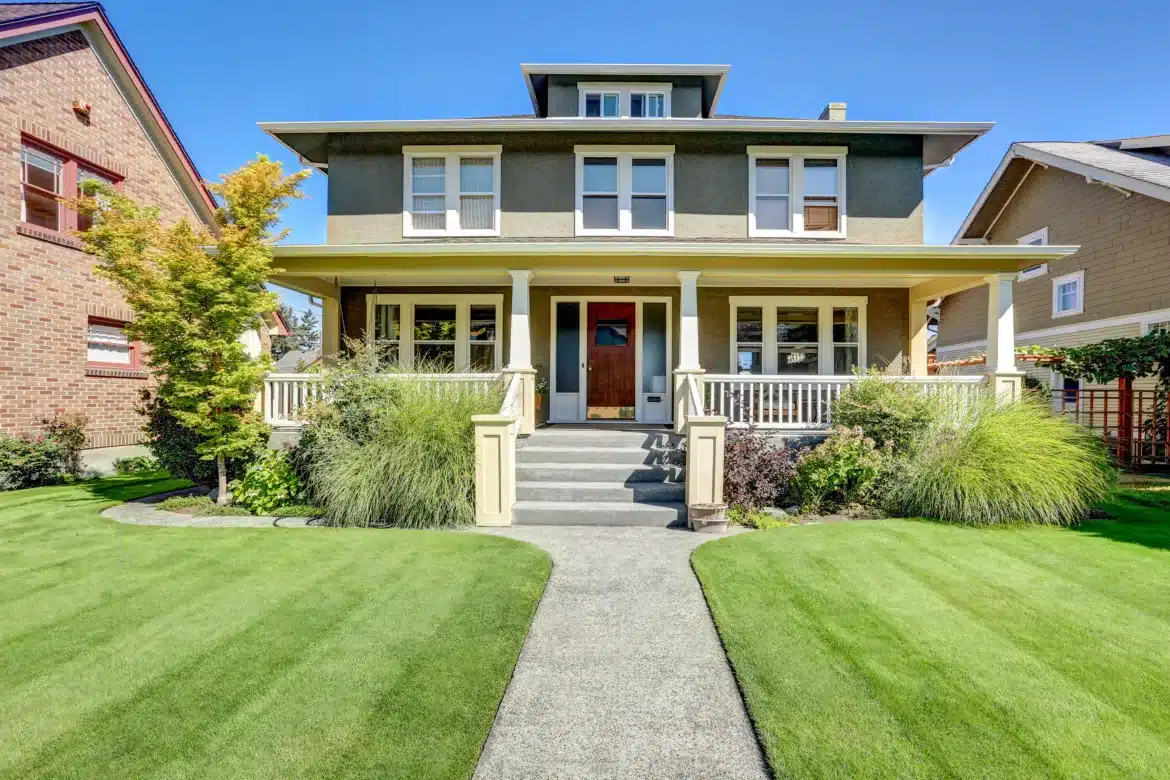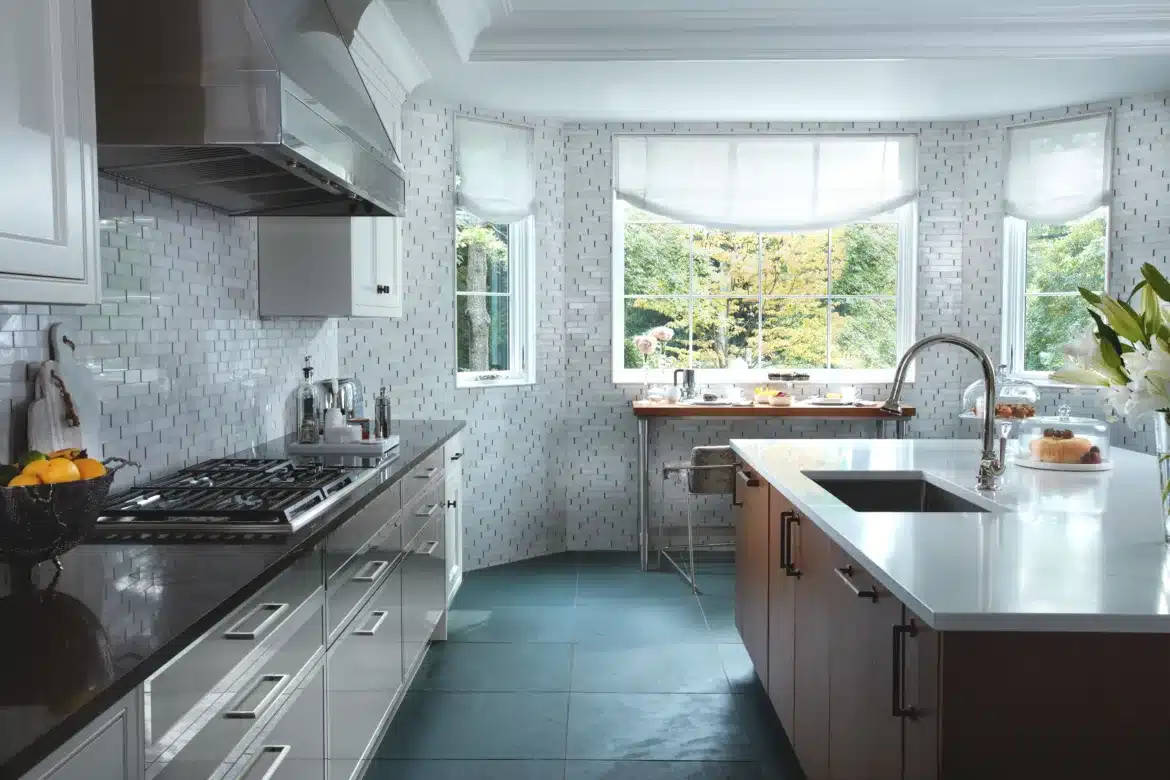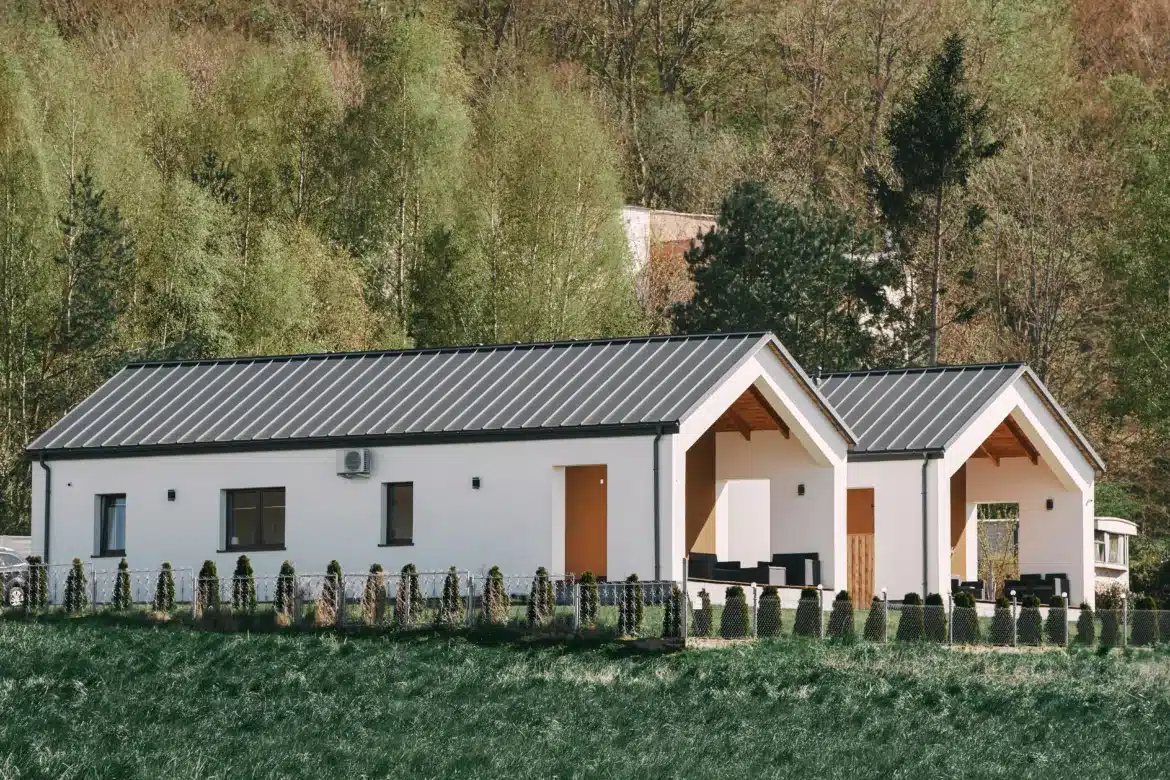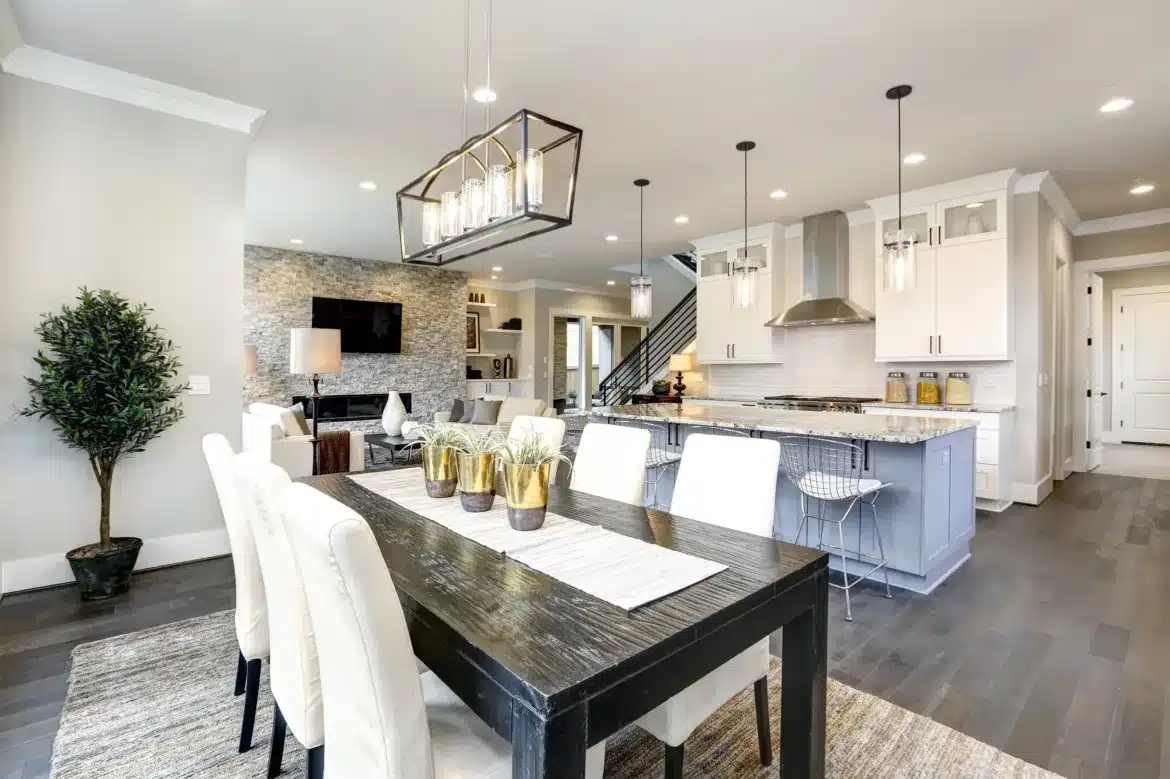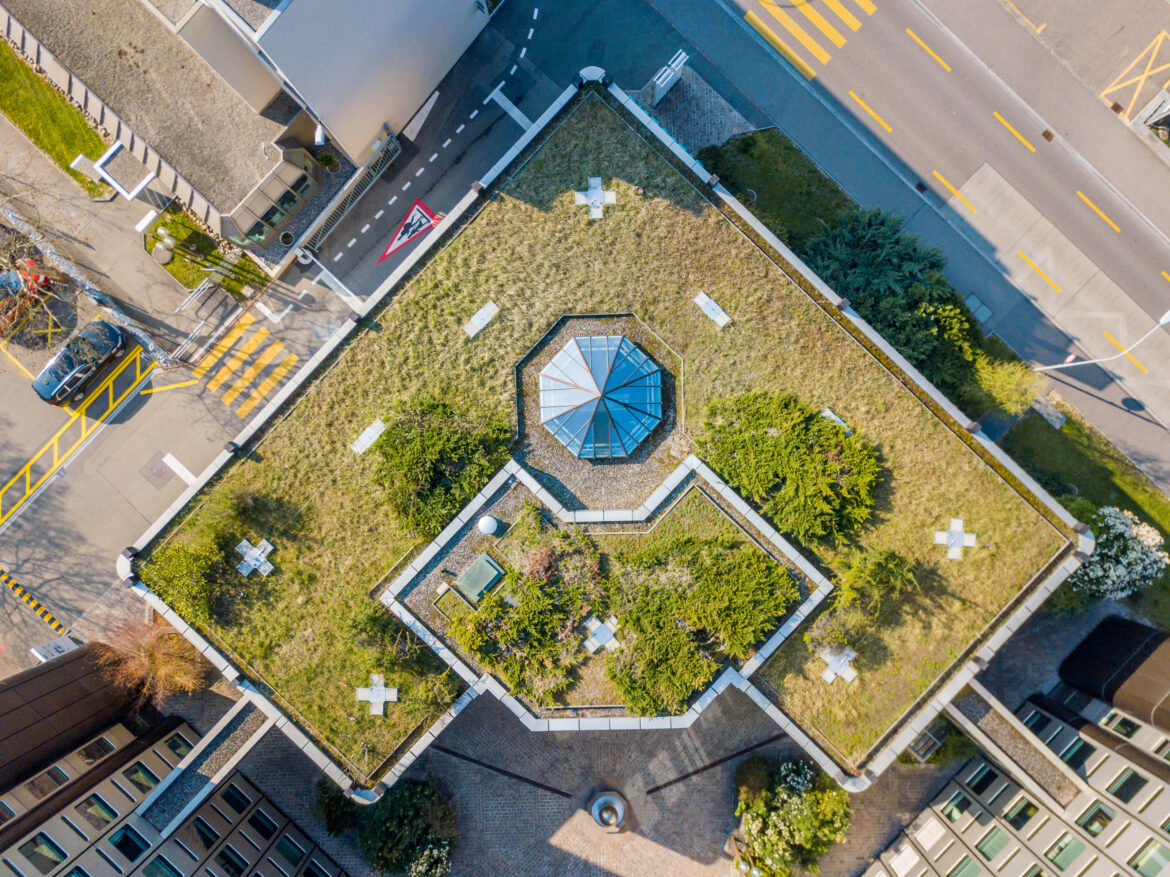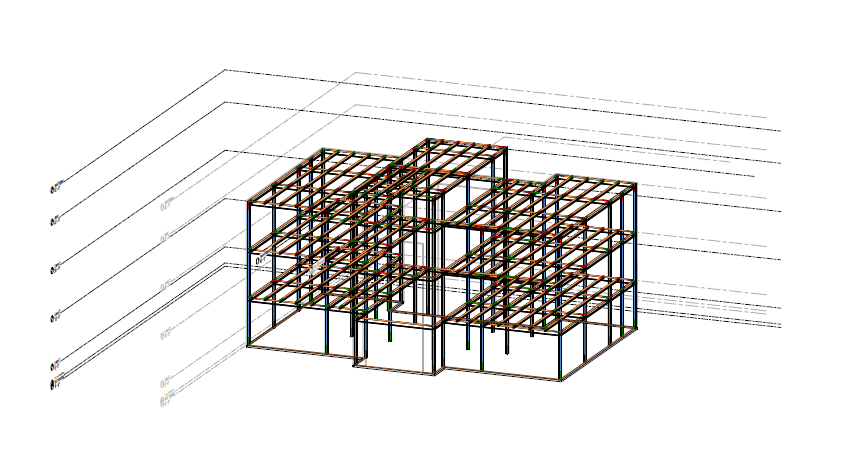Your home’s curb appeal is key to making a good first impression on visitors and prospective buyers. But how do you create the perfect look? Mastering the art of home architecture is a great way to make your house stand out from the rest! Let’s look at some of the ways you can use home architecture to create a stunning, one-of-a-kind curb appeal.
Mix and Match Styles
When it comes to creating curb appeal, mixing and matching different styles of home architecture can be an effective way to add character to your house. For example, combining modern elements like flat roofs and clean lines with traditional details like shutters and columns can create an eye-catching contrast that will draw attention from passersby. Additionally, you could incorporate elements from local architectural styles such as Craftsman or Tudor into your design for an even more unique look.
Go Big or Go Home
Sometimes bigger really is better when it comes to home architecture. An oversized front porch, arched entryway, or large window boxes can all help give your house a unique yet inviting feel that will catch the eye of anyone walking by. You could also opt for larger architectural features such as turrets or balconies if you want to make a truly bold statement with your curb appeal.
Make it Green
Adding some green elements to your home’s architecture can be an easy way to spruce up its exterior while also making it more environmentally friendly. Planting native shrubs near windows and doorways helps give them more definition and adds a splash of color without requiring too much upkeep. Installing rain barrels or solar panels are other great options if you’re looking for something that provides both aesthetic value and practical benefits.
Home architecture is an important part of creating the perfect curb appeal for any house. By combining different styles, going big where appropriate, and adding some green touches here and there, you’ll be able to create a unique look that stands out from all the other homes in your neighborhood! With these tips in mind, you’ll be well on your way towards mastering the art of curb appeal with home architecture.

